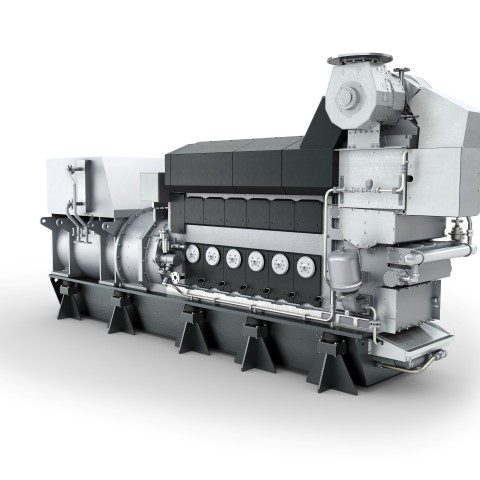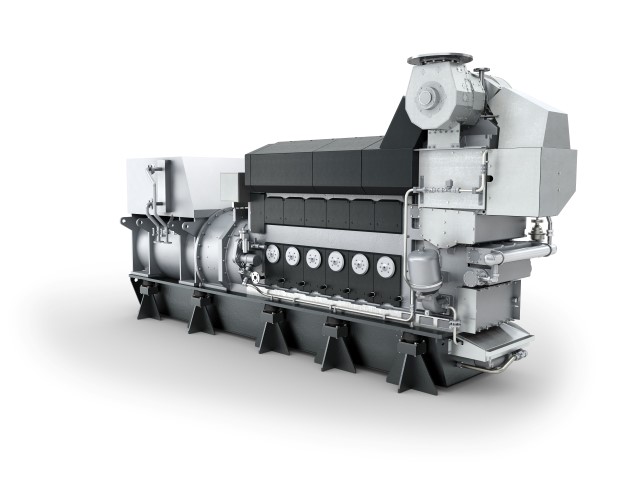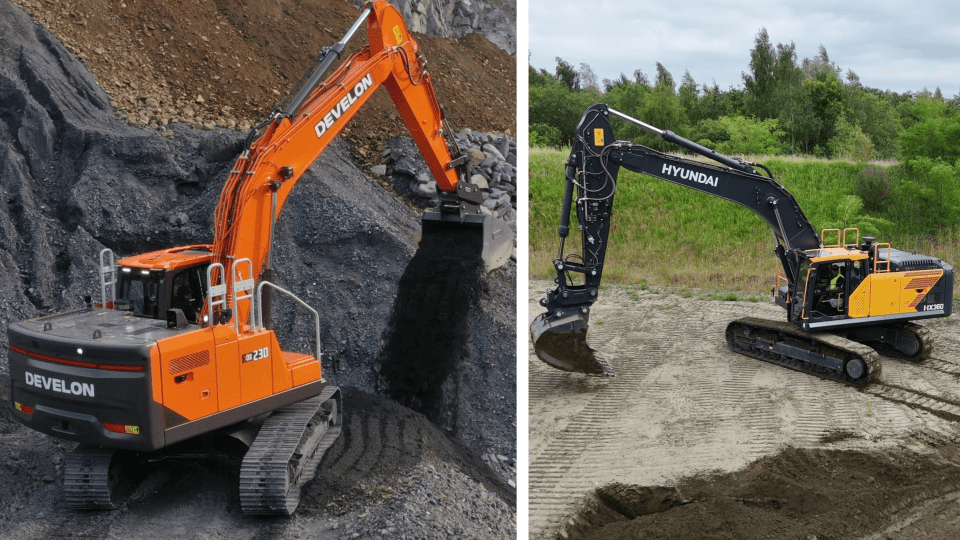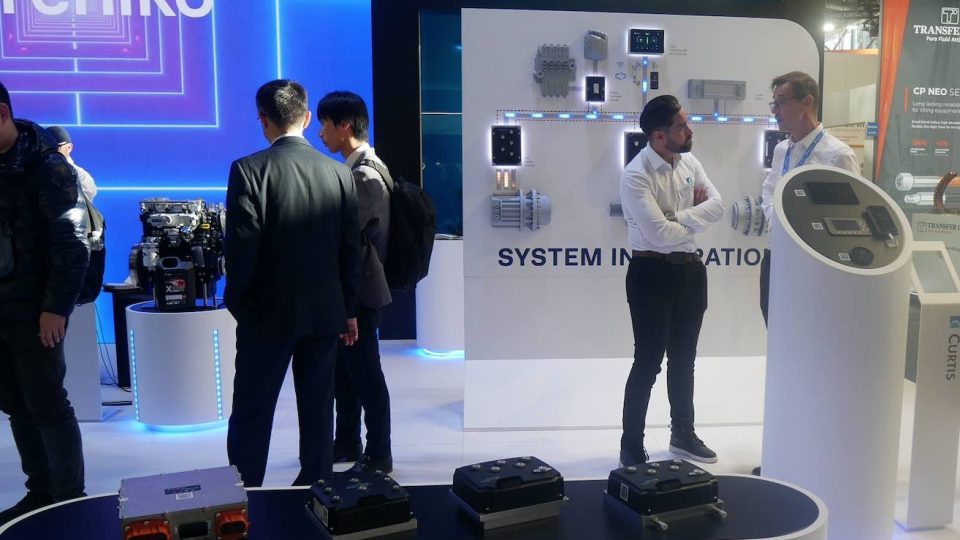MAN ES’ PrimeServ Lab: research on fluids to extend engine life
PrimeServ Lab is a department of MAN PrimeServ, MAN Energy Solutions’ after-sales division. The goal of the department is to performs analyses of such fluids as fuel oil, lube oil, cooling water, lube-oil separator control samples and fuel-oil separator control samples for both stationary and marine four-stroke engines. PrimeServ Lab has now introduced a fuel-stability […]

PrimeServ Lab is a department of MAN PrimeServ, MAN Energy Solutions’ after-sales division. The goal of the department is to performs analyses of such fluids as fuel oil, lube oil, cooling water, lube-oil separator control samples and fuel-oil separator control samples for both stationary and marine four-stroke engines.
PrimeServ Lab has now introduced a fuel-stability analysis of the new types of fuels and their compatibility with other fuels. The scope of diesel-fuel analysis has also been increased with lubricity, biofuel content and ignition delay added to standard reporting. Similarly, due to the introduction of SCR catalysts, PrimeServ Lab now also analyses urea solutions to ensure reliable catalyst function in SCR systems.
PrimeServ Lab: the comment of Holger Gehring
«PrimeServ Lab offers a unique analysis portfolio. Our undisputed competitive advantage is the outstanding knowledge of engines and engine fluids that we have, as an OEM, which enables us to evaluate fluid analyses with great accuracy. In contrast with most other labs, PrimeServLab doesn’t specialise in the analysis of individual fluids but, rather, specialises in the analysis of all engine fluids – to provide a complete picture», said Holger Gehring, MAN PrimeServ.
Marine orders in China (compliant with the so-called C1 and C2 standards)
Another quite significant news about MAN Energy Solutions come from the Chinese market. Here, the company has announced that its Chinese license, CMP, has won a series of new, small-bore, four-stroke orders within the significant Chinese inland- and-coastal segment. The orders are for MAN 21/31, 27/38 and 23/30H types and stem in great part from the Chinese government establishing new, impending, emission protocols for the segment with its GB15097 regulation, known as C1 and C2.

In fact, in recent years, the Chinese authorities have tightened emission requirements, even surpassing IMO regulations. The above mentioned C1 and C2 include limits for particulate matter and resembles EPA US limits quite closely.











